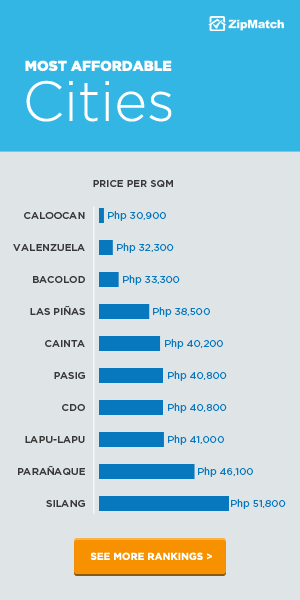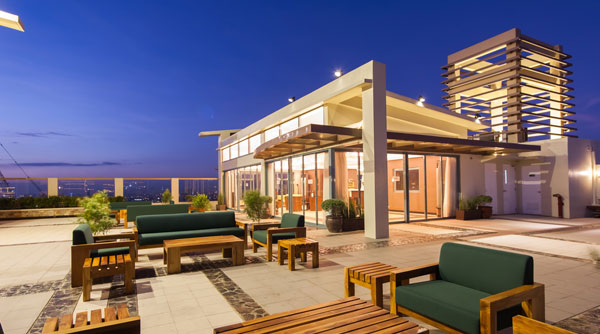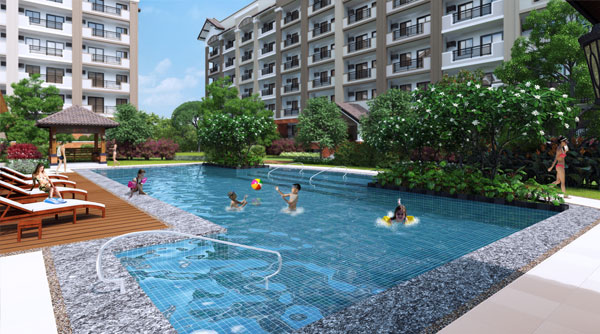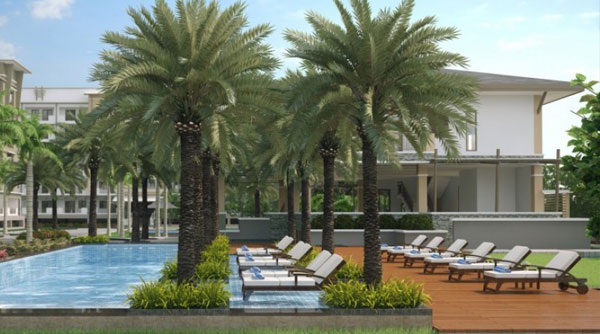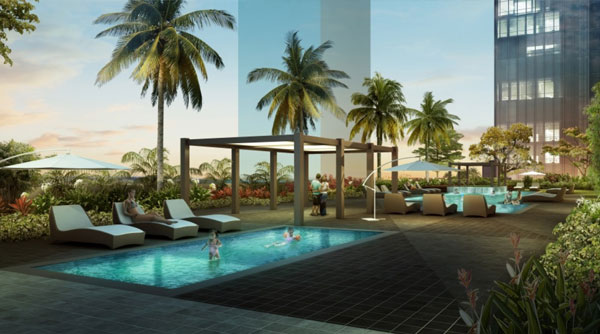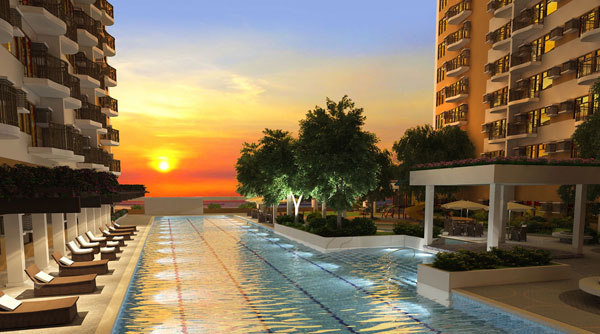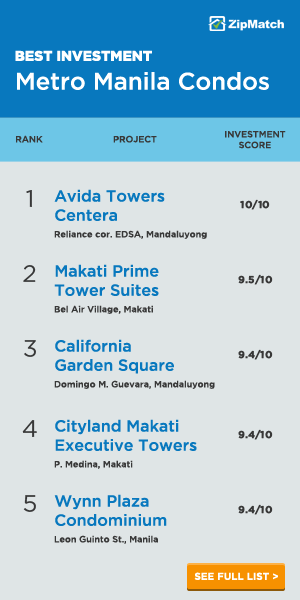With a healthy economic outlook, a reform-minded government, and the first ever investment grade from Fitch Ratings and Standard & Poor’s, the Philippines is fast becoming an attractive destination for foreign real estate investors. The country’s GDP grew at an impressive 6.6 percent in 2012, the highest in Southeast Asia. Although the Asian Development Bank (ADB) predicts that the Philippine economy will ease a bit in 2013, it will still grow by 5.9 percent in 2014. ADB country director Neeraj Jain attributes this impressive performance to the governance and prudent management under the administration of President Benigno Aquino III.
The Philippines GDP growth rate has over the years been marked by ups and downs. Economic liberalization during the early 1990s resulted in healthy growth, though the economy contracted in 1998 in the aftermath of the Asian financial crisis. Growth returned, however, in 1999 and has remained positive since then.
Supply
Fueled by a robust IT-BPO industry and record-high remittance from overseas Filipinos, the Philippine real estate industry is as vibrant as ever. To describe the growth of Manila’s housing market staggering may be an understatement. According to Jones Lang LaSalle (JLL), in 2000 only around 7,000 condominium units were completed. This figure jumped to about 90,000 by the end of 2011, and between 2012 and 2016, approximately 154,000 condominium units are expected to complete.

Data from JLL also show that capital values for mid-end condominium units grew an average of 13 percent annually between 2004 and 2011 and rents an average of 8 percent over the same period.
Although the risk of a property bubble occurring has always been there, the Philippines currently is not experiencing one as the boom is fueled by genuine demand from end-users rather than from speculative buyers. Moreover, the demand is supported by low interest rates, a higher value-added tax exemption ceiling, and flexible payment terms. Intense competition in the market also prevents property prices from drastically shooting up.
Demand
According to Claro Cordero, head of research and valuation at JLL Philippines, demand for residential real estate in the Philippine capital is driven mainly by end-users rather than speculative buyers, which cushions the market from a possible formation of a property bubble.
Another source of demand for Philippine real estate is the influx of expats brought about by the booming IT-BPO industry. According to leasing and estate firm CBRE Philippines, expats are making a tiny boom in the country’s residential real estate, particularly in the luxury segment. Indeed many IT-BPO companies are now purchasing or leasing properties for their expat employees, many of which are located in the capital’s business districts.
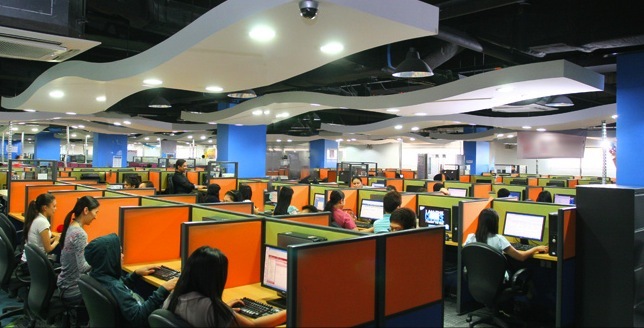
In addition, record-high remittance from some 10 million overseas Filipinos, estimated at $22 billion in 2012, is helping keep the economy afloat. According to estimates, close to 30 percent of all dollar remittances to the Philippines is spent either directly or indirectly on real estate, be it purchasing a new home or spending on home improvements. In fact, according to developer Century Properties, at least 50 percent of its sales come from overseas Filipino buyers.
Rental Yield
Data from Global Property Guide show that the average rental yield for condos in Metro Manila was around 8.72 percent in October 2011. The highest returns are on units 80 square meters (sqm) or larger, suggesting an oversupply of smaller condos. In addition, yields are also very high on very large units, around 7.9 percent. The rise in the Philippine capital’s rental values is attributed to continued confidence to the country’s real estate market, foreign investment, and improved infrastructure.
According to Colliers, the average rent of a high-end three-bedroom condo unit in Makati City in the first quarter of 2012 reached $15.74 per sqm per month, up 4.8 percent from the previous quarter and 17.5 percent from a year earlier. The average rent in Bonifacio Global City rose by 4.3 percent quarter-on-quarter over the same period to $16.69 per sqm per month, and that in Rockwell Center by 1.3 percent to $18.66 per sqm per month.
Capital Values
In 2013, a large volume of available supply is expected to exert a downward pressure on selling prices, especially in the mid-end market. However, the luxury segment is expected to continue to outperform. Capital values of luxury condominiums reached $2,840.18 per sqm in the fourth quarter of 2012, with investment yields estimated at 6.9 percent.
According to Colliers, the residential market will continue to look strong in 2013 due to the anticipated economic growth in 2013 and sustained occupational demand from expatriates employed in the IT-BPO industry and remittance from overseas Filipinos. However, as there will be 2,800 new units coming into the market in 2013, prospective growth and prices are expected to slow to 9.5 and 6.2 percent, respectively.
Interest Rates
The Philippines’ better-than-expected economic performance prompted the country’s central bank, the Bangko Sentral ng Pilipinas, to maintain its key interest rate at current record-low levels. According to HSBC economist Trinh Nguyen, the country’s growth rate did not disappoint, reflecting strong domestic demand supported by robust fiscal spending, resilient remittances, and record-low interest rates.



